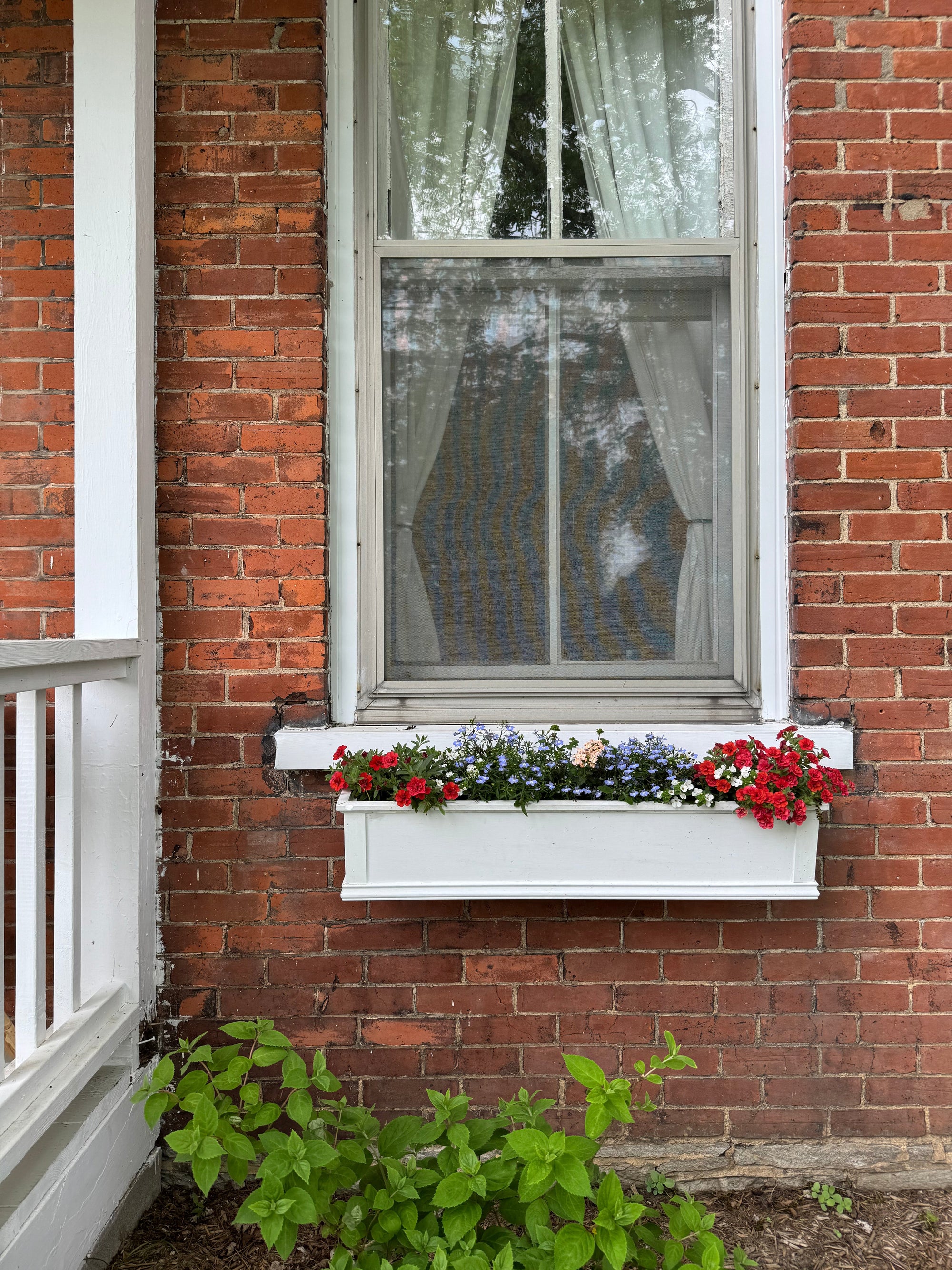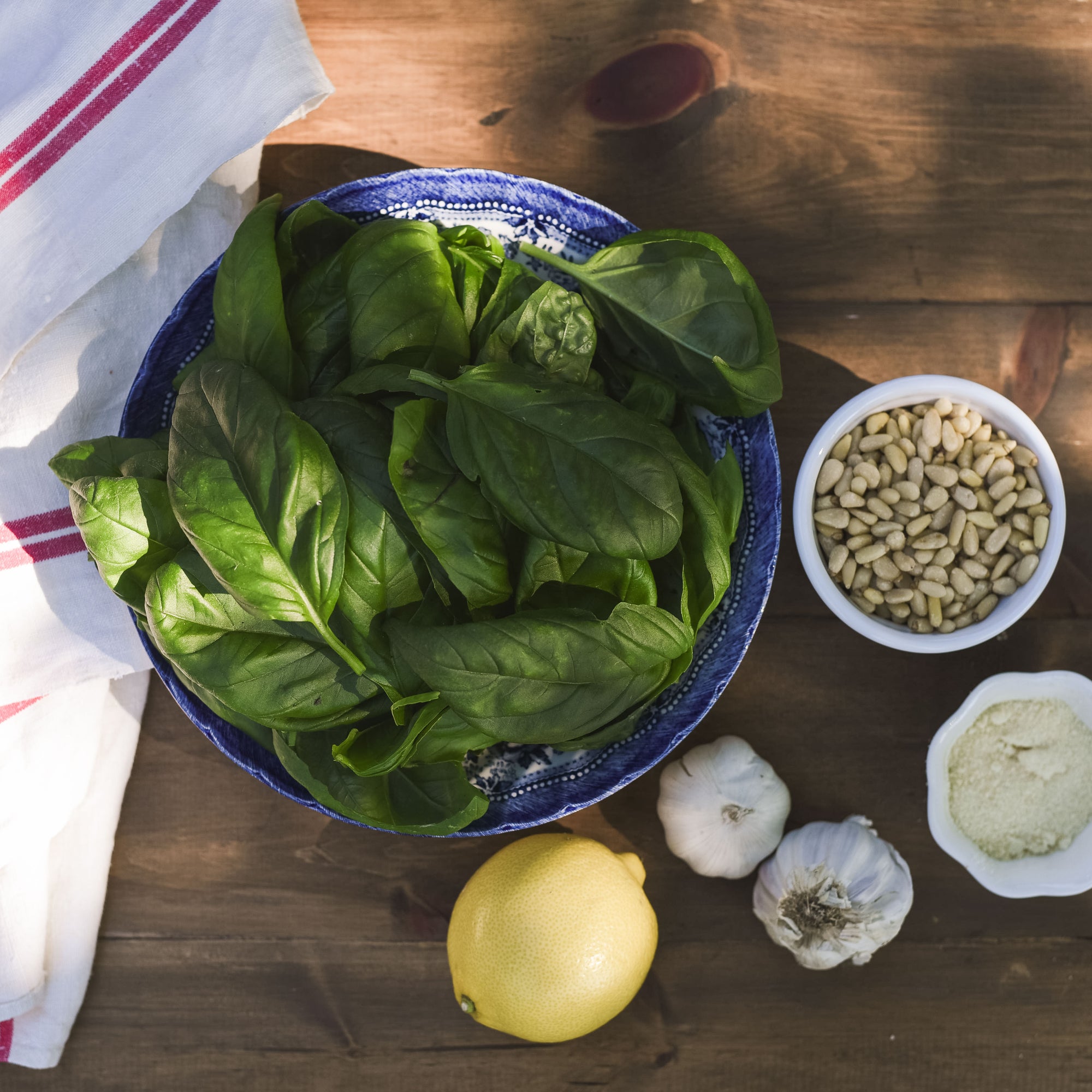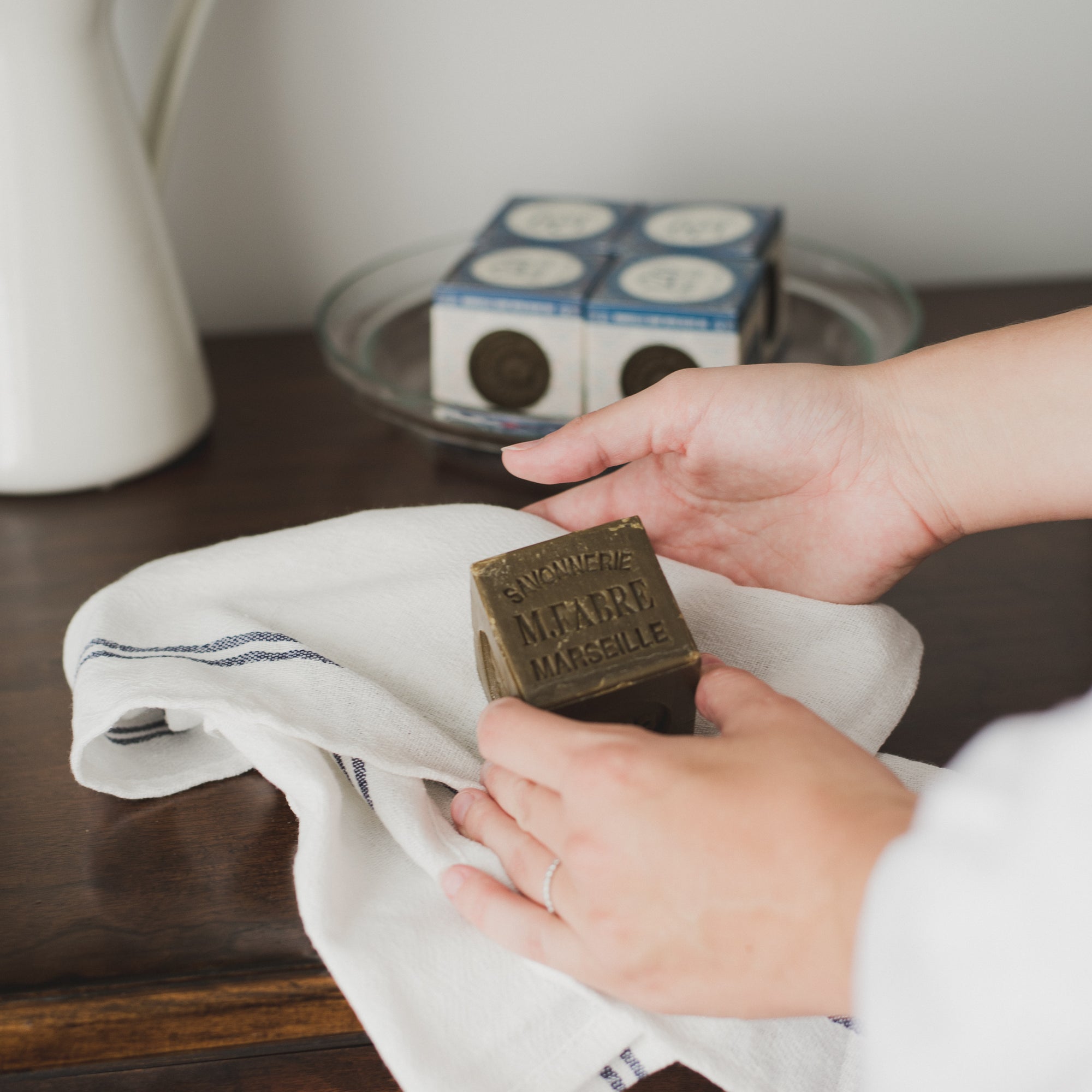Congrats on purchasing a Recycled Wool Blanket!! Not only are they stunning, but you've made a sustainable choice that is helping our planet reduce and reuse existing fibres.
With its beauty, your blanket is meant to be used and enjoyed year round without the worry of a frequent, and often pricey, dry cleaning bill. Don't be afraid to take your blanket outdoors as a picnic or camping companion or let your little ones and pets enjoy the blanket too!
With all the memories your blanket will hold over the years, it's going to need a good cleaning from time to time and here's how to do it!

Recycled Wool Breakdown
Our recycled wool blankets are made from 100% recycled fibres. At least 70% is wool and the remaining percentage comes from man made recycled fibres that would otherwise end up in landfill, like old water bottles or polyester shirts. Combining the wool threads with these recycled synthetic fibres adds length and strength to the yarn. While most wool would otherwise shrink or bobble in the washing machine, the combination of synthetic fibres allows the twill of our blankets to be dense enough for machine washing on 30 degrees Celsius or less and still maintain its shape!
However, your blanket won't necessarily regular frequent washing to freshen it. Here's different ways to clean your blanket depending on the scenario.
Freshen Up:
Wool is naturally breathable which allows any moisture it may pick up to dissipate. Lucky for you, this means you can get away with washing it less than other fibres, and less washing prolongs the lifespan of the material and is better for the planet. So before you try washing, have a go at letting your blanket hang outside for a couple of hours on a dry day to refresh your wool.
Spot Treat:
If your wool is stained in one place, try spot treating with wool soap by wetting the spot and then gently working the soap in the stained area. Remove soap and dirt with a cloth that does not leave lint behind. Instead of sponges and paper towels, try soft towels or an old pillowcase. Be sure to remove all soap by dampening the cloth and repeating the process.
Depilling:
When wool fibres become loose, they form little balls or pills. Pilling is a direct result of friction (which naturally occurs with movement), so the more you use your wool, the more likely it is to pill. Good news is, pilling is easy to take care of with a depilling comb (also known as bobble remover). Just glide the comb in one direction over target areas to leave renewed yarns behind.
Machine Wash:
Most wool can’t be washed in a machine because heat causes shrinkage and spinning can cause loss of shape, but thanks to the 30% landfill-saved fibres in our Recycled Wool Blankets, the dense, twill weave stays tight and only gets softer with each wash.
Wash the blanket on it own with wool soap and fabric softener (optional). Add the soap and softener to the dispensing drawer rather than the drum. Run the “wool wash” if your machine has one under 30ºC (or 80ºF ). If not, run a 30ºC or less cycle with the lowest possible spin cycle. You want to avoid friction as much as possible. If there is a stain, let wool soap sit on the spot for 10 minutes before washing. We can’t guarantee every machine will be able to wash a blanket without problems, but when we tried it ourselves they turned out just lovely.
Drying:
Take care with this step, the last thing you want to do is stretch your wool by wringing it or hanging it to dry. Instead, press the water gently, and lay your wool flat to dry. To speed up the process, lay it on clean dry towels and roll your garment up like a swiss roll in order to squeeze out the excess water. Unroll your wool, reshape if needed, and lay flat to dry.
--
We hope you found this helpful and measuring as you enjoy many special occasions and years ahead with your blanket!
Enjoy!
Britt








